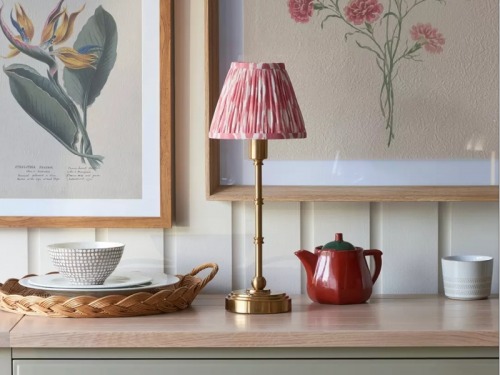Discover These Beautiful Gardens in the Yorkshire Dales
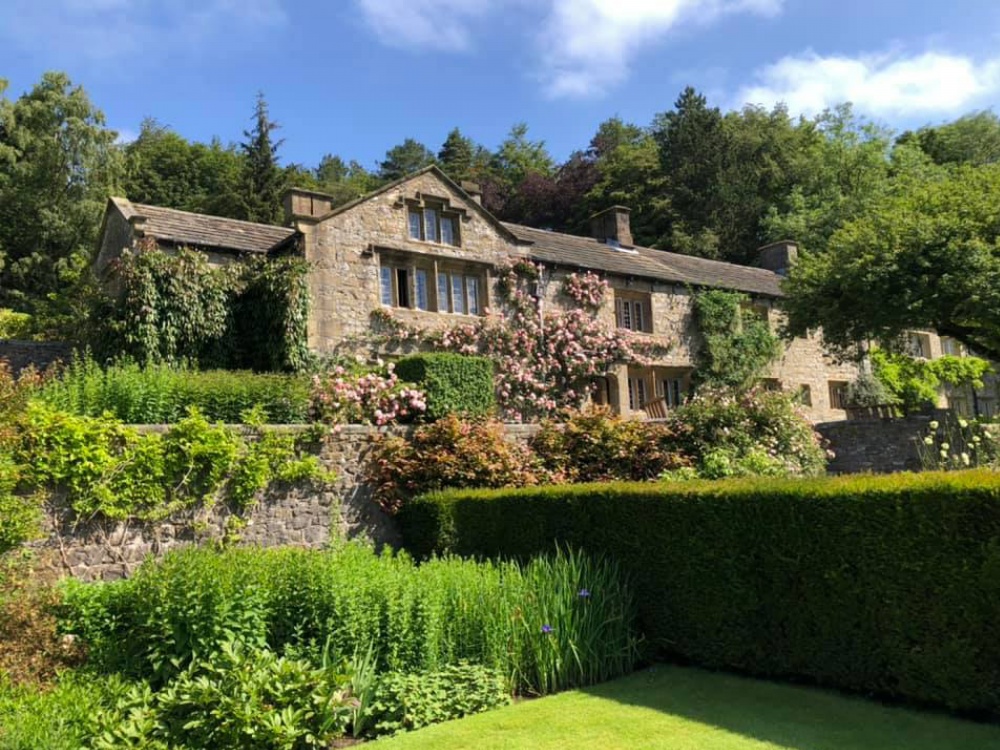
We discover 24 acres of beautiful woodland gardens in the magnificent Dales countryside at Parcevall Hall Gardens
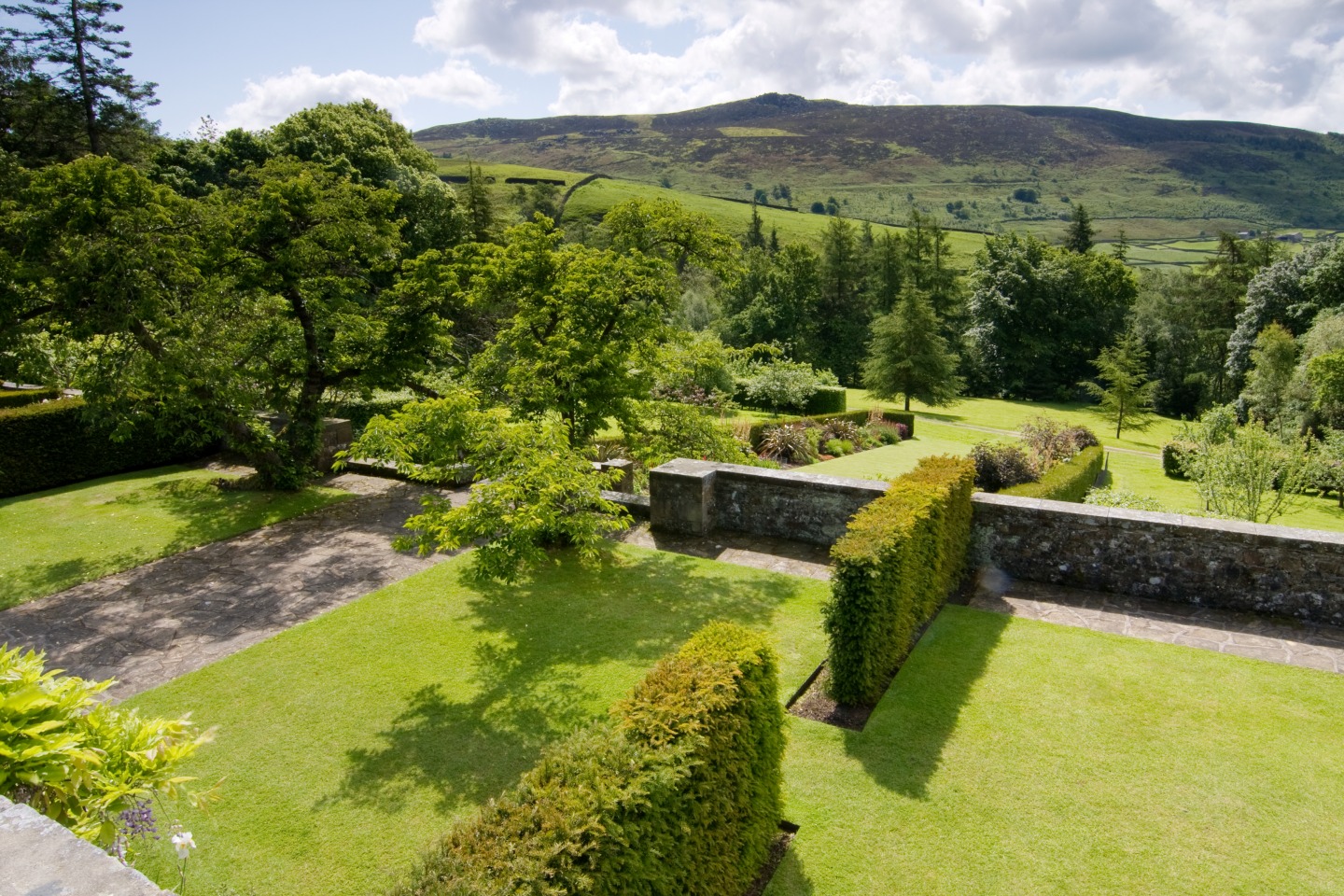

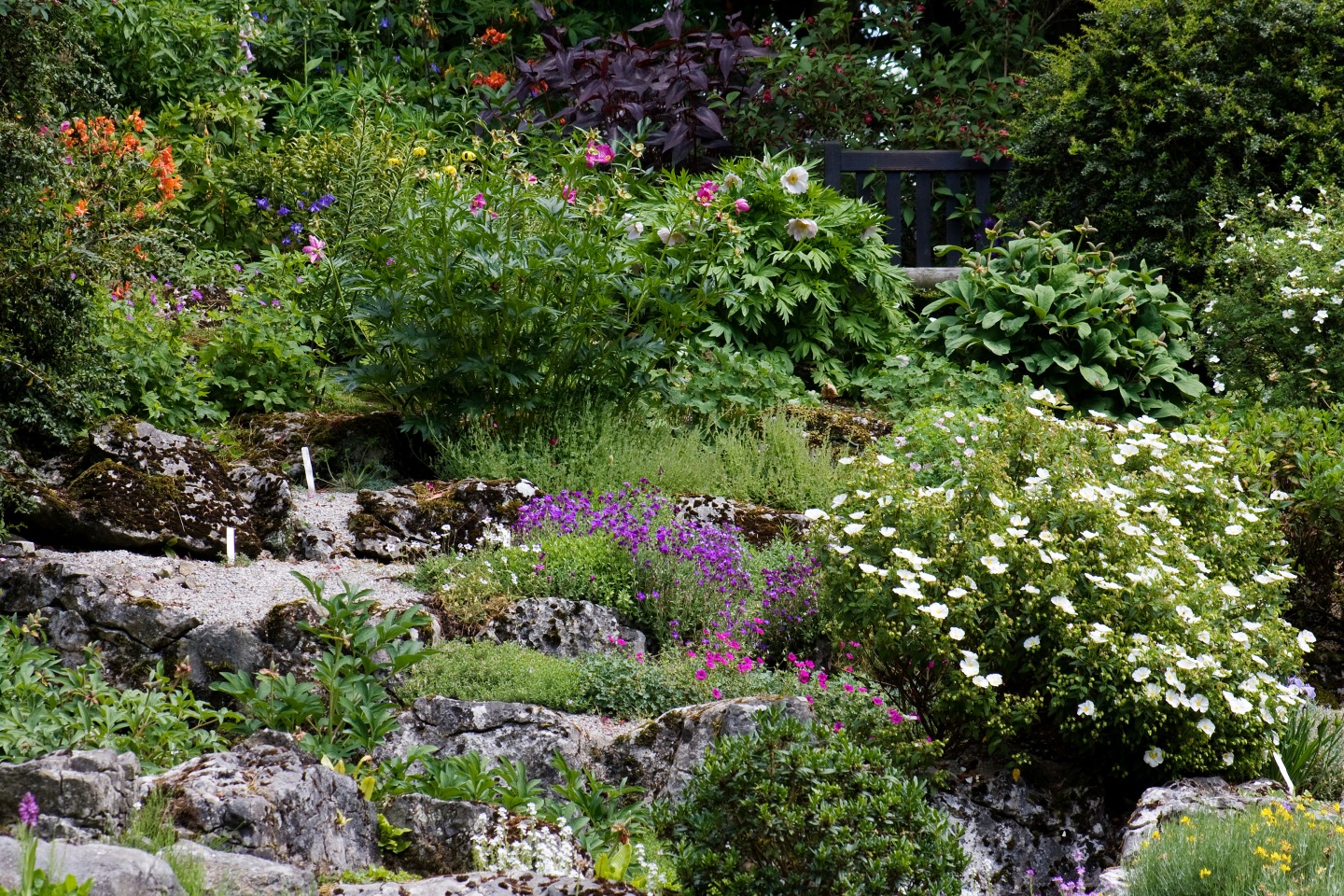
Sir William restored and enlarged the house and laid out the garden and grounds, creating new elements in the landscape, and different phases in the development of the house and terraces are readily appreciated from various viewpoints. Described as one of Yorkshire’s finest and most glorious gardens, recognition of the unique qualities of Parcevall, considered a fine example of the Arts & Crafts movement and being of special historical interest, has meant that the house and gardens and grounds are all now Grade II-listed.
The only RHS- and English Heritage-registered gardens open to the public in the Yorkshire Dales National Park, the 24 acres of formal and woodland gardens are a gardener’s delight. Filled with surprises, there are many specimen trees and shrubs collected from Western China and the Himalayas and a natural Rock Garden considered to be the finest of its kind in Northern England. There are also the Herb Garden, Chapel Garden, Old Camelia Walk, Rose Garden, the formal terraces and woodland trails to explore.
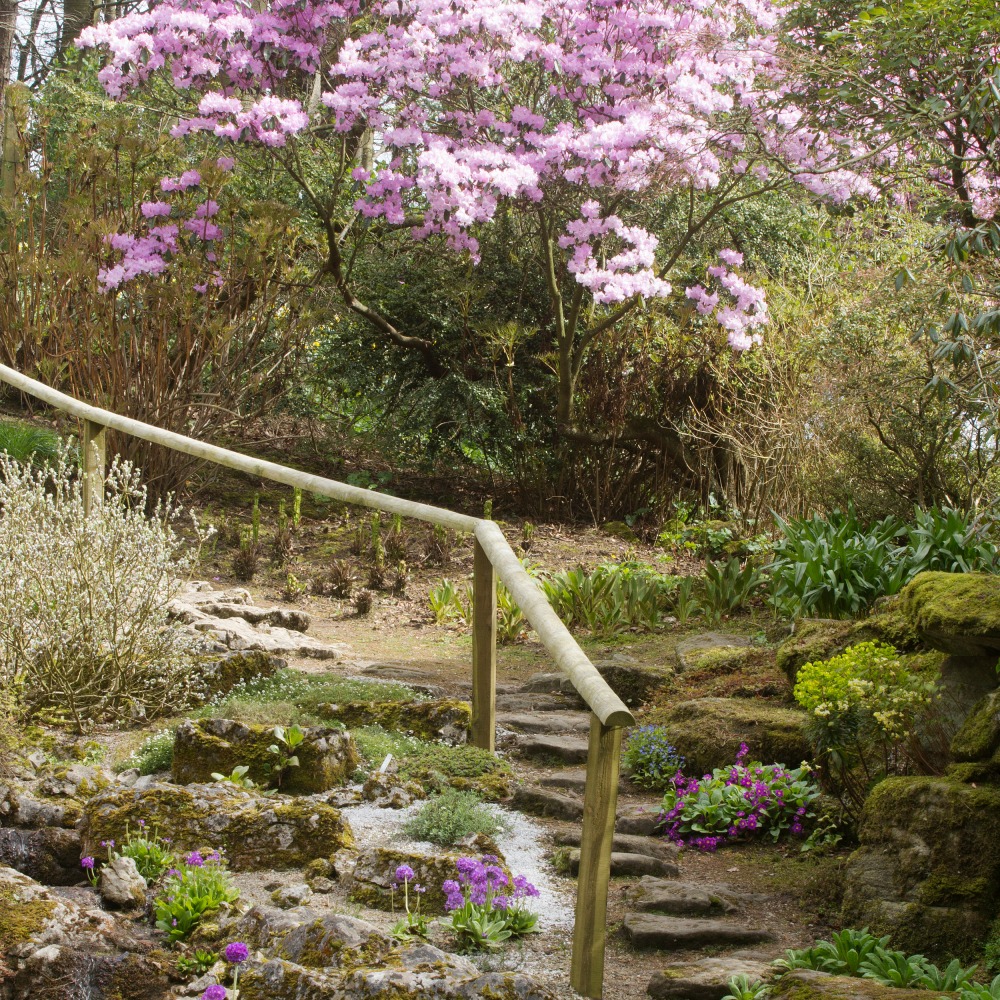
As the gardens reopen for the season, Living North caught up with head gardener Phillip Nelson, who started as a gardener at Parcevall in 1990 and has been head gardener since 1996, to discover more about this very special place in Wharfedale and what it is like to work in such uniquely beautiful surroundings.
What’s your favourite time of year in the gardens?
Springtime and early autumn. The vibrancy of all the fresh spring greens on the trees and shrubs, combined with the profusion of plants emerging from the ground and holding the promise of another year and all that it brings. The scents from some of the later spring flowering shrubs are intoxicating and hang in the air on still days. Then the early autumn, just as the leaves start to turn and the herbaceous borders are full to overflowing, is a time to treasure what still remains in the garden and hold onto it before its final decay into winter.
How do you spend your time when the gardens are closed in the winter?
Work in the gardens during winter is usually based around forestry work. Recently we've been dealing with a lot of ash dieback but also managed improvements to the structure of the garden, such as path repairs and relaying and cleaning paths, alongside general maintenance of equipment and garden infrastructure.
What’s the best thing about your job? (And what are the most challenging parts?)
I like to work with plants and over time see the development and improvement of the garden as a whole, helping to create a place where people can visit and enjoy and hopefully relax and unwind a bit. Horticulture can of course be very rewarding, but its challenges can be many, from extremes of weather, to damage to the garden from both pests and disease, which can be both significant and expensive.
The garden has lots of different areas, do you have a favourite?
The small chapel garden is really cosy and it is on a scale that is the size of many people's own gardens, so it's easier to relate to.
How much of the current layout and planting is based on Sir William Milner’s original designs?
Most of the main structure of the garden is from Sir William's own design and there are many trees and shrubs that date back to when he would have planted them. But sadly, because the garden was in decline for nearly 20 years, many of the herbaceous plants were lost and so most of the main borders have undergone several phases of redevelopment.
What should visitors look out for in May, June and July?
In May all the garden and woodland is alive with colour, from shrubs and Rhododendrons to the Rock Garden with Peonies and alpines. As June and July come along the herbaceous borders come into their own, filling out and coming into bloom. The Rose Garden display is at its peak and the perfume hangs in the air on still days. Luckily there is so much interest throughout the whole garden.
What should people be doing in their own gardens at this time of year?
Spring into summer is a busy time of year in all gardens but it really depends on the type of garden you have. But if you are gardening for the long term remember that one year’s seed equals seven years of weed – so keep on top of things as best you can. Try to understand the plants you are dealing with but most of all enjoy it. The garden will always reward you.







